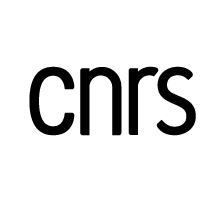Changes in spinal excitability during choice reaction time: The H reflex as a probe of information transmission
authors
keywords
- Response competition
- Additive factor method
- Stimulus-response compatibility
document type
ARTabstract
The aim of the present study was to investigate the modulations in amplitude of H reflexes elicited in a hand muscle, the flexor pollicis brevis, during the performance of a choice reaction time ~RT! task in which this muscle was directly involved. Ten subjects were to choose between a left- or a right-thumb key-press according to the lateral location of a flash of light. The stimulus–response mapping was either compatible or incompatible. Hoffman reflexes were elicited at different times during the RT by stimulation of the median nerve. Twenty-five milliseconds before the voluntary response, the amplitude of the H reflex suddenly increased when the muscle was involved in the response and decreased symmetrically when the muscle was not involved in the response. Mapping compatibility exerted no detectable influence on the changes in spinal excitability. The latter result supports the assumptions that are at the core of Sternberg’s additive factor method.








